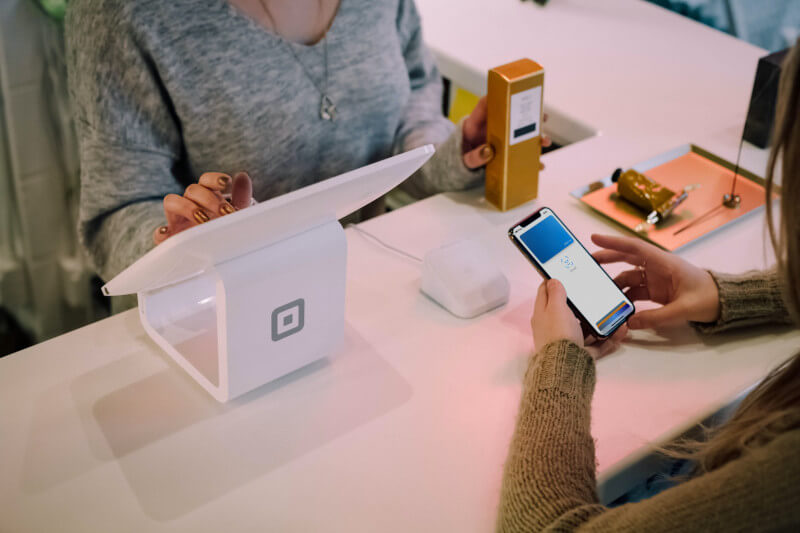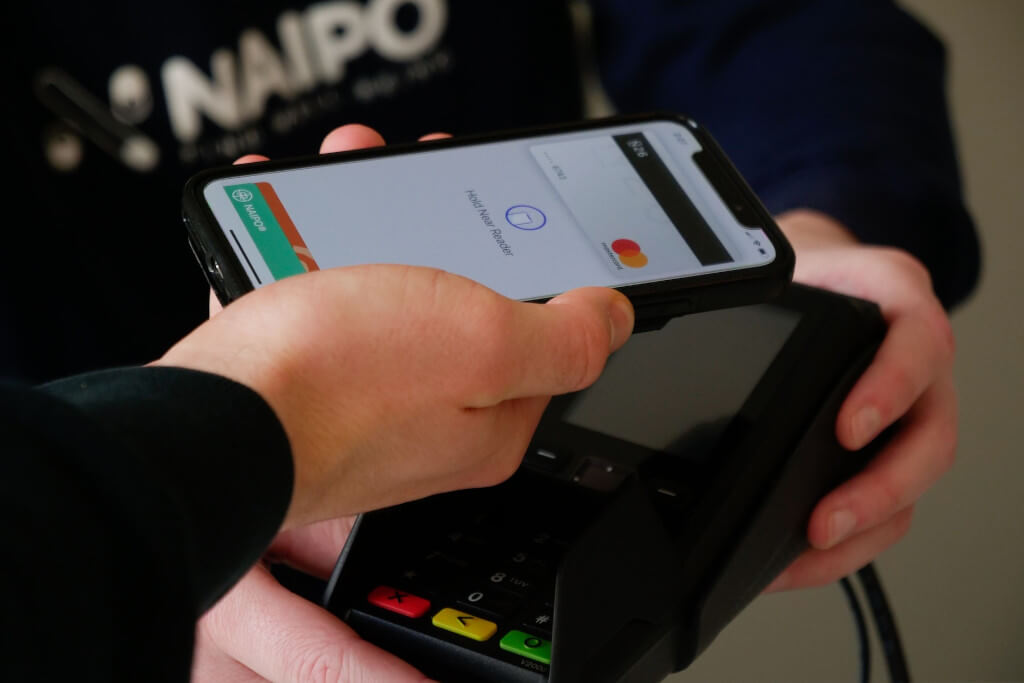As contactless payments surge in popularity across South Africa, the questions arise: Just how safe are these payment methods? Are businesses and consumers unknowingly compromising their financial data? Let’s break down the facts and demystify the wonders and workings of NFC, the technology behind these payments.
Overview of Contactless Payments
More and more South Africans are making the switch to contactless payments. Why? Convenience is the first word that comes to mind. With a simple tap or wave of a card or smartphone, transactions are completed in mere seconds. Beyond speed, the COVID-19 pandemic emphasized the significance of minimal contact in everyday transactions, further cementing the appeal of contactless methods.
“In our recent survey, over 70% of respondents indicated a preference for contactless over traditional payment forms due to the quickness and reduced physical interaction,”* states Mandla Sibiya, a leading digital financier in Johannesburg.
The NFC Revolution
Near Field Communication, or NFC, is the technological marvel driving the contactless payment trend. NFC facilitates the wireless transfer of data between two devices positioned close to each other. But, the essential query remains, is it secure?
According to Tsholofelo Dhlamini, a tech specialist based in Cape Town, “NFC is designed with security at its core. The data exchange only happens when devices are inches apart. So, the risk of unsolicited data interception is exceptionally minimal.”
Dual Security Framework
Contactless payments in South Africa aren’t just reliant on NFC. A dual security framework reinforces their safety:
Physical Security: The use of EMV chips (which stands for Europay, MasterCard, and Visa) has been standardized in many payment cards. These chips generate a unique code for every transaction, making it challenging for fraudsters to duplicate or clone the card.
Digital Security: On the digital front, encryption plays a pivotal role. Every transaction is encrypted, ensuring that even if someone intercepts the data, they can’t decipher the transaction details.
Myths vs. Reality
There are misconceptions surrounding contactless payment methods. One of the most common myths is that if someone walks past you with a card reader, they can ‘steal’ money from your contactless card.
Tsholofelo dismisses this, stating, “Modern contactless cards and devices have security features ensuring they only work when very close to the card reader and when the transaction is initiated by a legitimate merchant.”
Best Practices for a Secure Experience
For Retailers:
– Always purchase NFC-enabled card machines from known and trusted suppliers.
– Regularly update software on point-of-sale systems.
– Train staff on the safe handling of contactless transactions.
For Consumers:
– Shield your card when not in use; specialized wallets can block unsolicited NFC scans.
– Monitor bank statements regularly and report any suspicious activity.
– For smartphones, employ strong passcodes and use biometric features when available.
“As with any technology, the user plays a significant role in ensuring safety. Being informed and vigilant can ward off a large percentage of potential threats,” advises Mandla.
Deepening the Understanding: An Expanded View on Contactless Payments in South Africa
The Unseen Dimensions of Contactless Payments

When we talk about contactless payments, we see convenience and speed, but there are other factors driving this trend. The pandemic-induced emphasis on minimal physical contact has also been a push towards a more eco-friendly direction. Transaction receipts, often provided in paper format, are being discarded in favour of e-receipts with contactless methods. Furthermore, the economic implications of more efficient transactions cannot be understated. Faster transactions can lead to shorter queues and increased sales volumes for retailers.
The Underpinnings of Secure Communication
NFC is just the tip of the iceberg when it comes to contactless technology. Beneath the surface is a complex layer of protocols ensuring that data is exchanged seamlessly. One of these is the ISO/IEC 14443 standard, which governs proximity cards used for secure communications. Furthermore, to reduce the chances of data interception, many devices use a technique called “secure element” where sensitive information is stored in a tamper-proof environment, ensuring a significant layer of data protection.
Dual Security
The security behind contactless payments isn’t just about encryption and physical chips. There’s an aspect of dynamic authentication where the transaction data changes every time, making it almost impossible for fraudsters to use intercepted data for subsequent transactions. Beyond this, many banks and financial institutions employ risk-based authentication. This means that if you’re trying to make a payment that’s out of your typical spending behaviour, it may prompt additional security checks.
Unravelling Myths
Addressing myths is crucial, but understanding their origins can be equally informative. The myth about ‘stealing money with a card reader’ likely emerged from early versions of RFID technology, which had vulnerabilities. Modern NFC tech has evolved considerably from its predecessors. Another concern some consumers have is about transaction limits. In South Africa, many banks have set a cap on contactless transactions to mitigate potential losses, requiring a PIN for larger amounts.
Security in Practice
For both retailers and consumers, the application of best practices isn’t just about preventing fraud but also ensuring smooth transaction experiences. For instance, some consumers worry about “card clash”, where more than one card is detected by the reader. Specialized wallets, apart from blocking unsolicited scans, are designed to prevent this. Retailers, on the other hand, can benefit from periodic security audits. These assessments can detect vulnerabilities in their systems, allowing them to address potential risks proactively.
Horizon Innovations: What’s Next for Contactless?
Contactless technology is not a fleeting trend. Several innovations are on the horizon, from wearable tech payments (think payment rings and smartwatches) to even more secure transaction methods. South Africa’s fintech scene is burgeoning, and as tech evolves, so too does the commitment to ensuring consumers and businesses experience the safest transaction methods possible. While wearable tech payments are exciting, the world of contactless is exploring even more groundbreaking territories. Biometric verification, for example, is set to play a big role. Imagine paying with just a fingerprint or facial recognition. Furthermore, innovations are leaning towards the integration of blockchain technology for contactless payments, ensuring unparalleled security and transparency for every transaction. The landscape of contactless payments in South Africa, as you can see, is as vast as it is intricate. It’s a constantly evolving realm that promises security, convenience, and much more for its users. As the sector grows, one thing remains clear: South Africa is tapping into the future, one transaction at a time.
As Desmond Tutu once remarked, “Do your little bit of good where you are; it’s those little bits of good put together that overwhelm the world.” This resonates with the ongoing efforts to refine and perfect the contactless payment landscape in South Africa. Through collaborative innovations, diligence, and a community approach, a future of safe, efficient, and user-friendly financial transactions awaits.
